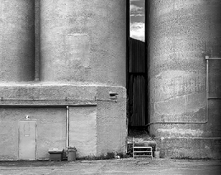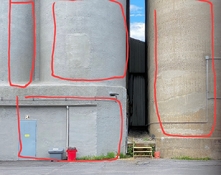I'll start where I ended. Making a good photograph is extremely difficult. It takes a lot of work to get there, and it takes a long time to get there — time to learn the instruments you work with, time to learn how photography works, time to figure out what you want to photograph, how you want to photograph it, and why — and it takes a fair amount of luck.
Even for really excellent photographers, success rate is really low. But it does get higher if you've mastered the what, the how and the why. Meaning, amongst other things, understanding what colour figures in the world, what colour does in a photograph, what colour means to you as well as to others, how colour affects people, how a photograph translates colour, etc.
Once you get there, "evaluating" your photo becomes the easy part. And there won't be questions about whether it works better one way or the other, because, ideally, the answer will be obvious.
You'd understand this if you did your own printing, because something similar happens. With experience, you know, very instinctively, in which size enlargement — on 8x10, 11x14, 16x20, etc. — a photo will work "best." Not that they don't work in various sizes, but some you know that they work better big, and some you know that they work better small.
What's interesting is that once you've figure that out, and once you've found a size that works for you in general, you tend to take certain types of photos a certain way because you know you'll print them a certain size. It's not deliberate, a bit unconscious, but it's noticeable. And that's because you understand that size is also part of the process, and part of the impact the photo will have.












